Content Management & SEO
Effective content management and SEO optimization are crucial for enhancing your website’s visibility and performance. Integrating SEO best practices into your CMS (Content Management System) ensures that your content is easily discoverable by search engines and accessible to users. This article will guide you through the essential steps to optimize your CMS for SEO.
1. Understanding SEO and CMS Integration
What is SEO?
Search Engine Optimization (SEO) is the process of improving your website’s visibility on search engine results pages (SERPs). It involves optimizing various elements of your site to rank higher for relevant keywords.
Why Integrate SEO with CMS?
Integrating SEO with your CMS streamlines content creation, management, and optimization processes, making it easier to implement and maintain SEO best practices consistently.
2. Choosing an SEO-Friendly CMS
Key Features to Look For
- Customizable URLs: Ability to create clean, keyword-rich URLs.
- Metadata Management: Easy editing of title tags, meta descriptions, and headers.
- Responsive Design: Built-in support for mobile-friendly layouts.
- Plugin Support: Availability of SEO plugins and extensions.
Popular SEO-Friendly CMS Platforms
- WordPress: Offers a wide range of SEO plugins like Yoast SEO and All in One SEO Pack.
- Joomla: Provides extensions like sh404SEF for enhanced SEO capabilities.
- Drupal: Includes modules like Pathauto and Metatag for SEO optimization.
3. Optimizing On-Page Elements
Title Tags and Meta Descriptions
- Title Tags: Craft unique, keyword-rich titles for each page.
- Meta Descriptions: Write compelling meta descriptions that include relevant keywords and encourage clicks.
Headers and Subheaders
- Use of Headers: Utilize H1, H2, and H3 tags to structure your content and incorporate keywords naturally.
URL Structure
- Clean URLs: Use short, descriptive URLs that reflect the page content and include keywords.
4. Content Optimization
Keyword Research
- Identify Keywords: Use tools like Google Keyword Planner to find relevant keywords for your content.
- Keyword Placement: Naturally incorporate keywords into your content, headers, and meta tags.
Quality Content
- Original Content: Create high-quality, original content that provides value to your audience.
- Regular Updates: Keep your content fresh and updated to maintain relevance and engagement.
5. Technical SEO
XML Sitemaps
- Generate Sitemaps: Use your CMS to create and submit XML sitemaps to search engines.
Robots.txt
- Manage Crawling: Configure your robots.txt file to control which pages search engines can crawl.
Page Speed
- Optimize Performance: Improve page load times by optimizing images, using caching, and minimizing code.
Mobile Optimization
- Responsive Design: Ensure your site is mobile-friendly and provides a seamless experience across devices.
6. Utilizing SEO Plugins and Extensions
WordPress Plugins
- Yoast SEO: Offers comprehensive SEO tools and recommendations.
- All in One SEO Pack: Provides a wide range of SEO features and settings.
Joomla Extensions
- sh404SEF: Enhances SEO by creating SEF URLs and managing metadata.
- Easy Frontend SEO (EFSEO): Allows easy on-page SEO management.
Drupal Modules
- Pathauto: Automatically generates clean URLs.
- Metatag: Adds metadata to your content for better SEO.
Conclusion
Integrating SEO best practices into your CMS is essential for improving your website’s search engine visibility and user experience. By choosing an SEO-friendly CMS, optimizing on-page elements, creating quality content, addressing technical SEO aspects, and leveraging SEO plugins and extensions, you can ensure your site is well-optimized for search engines. This comprehensive approach to content management and SEO will help you achieve better rankings, attract more visitors, and ultimately drive more success for your website.





